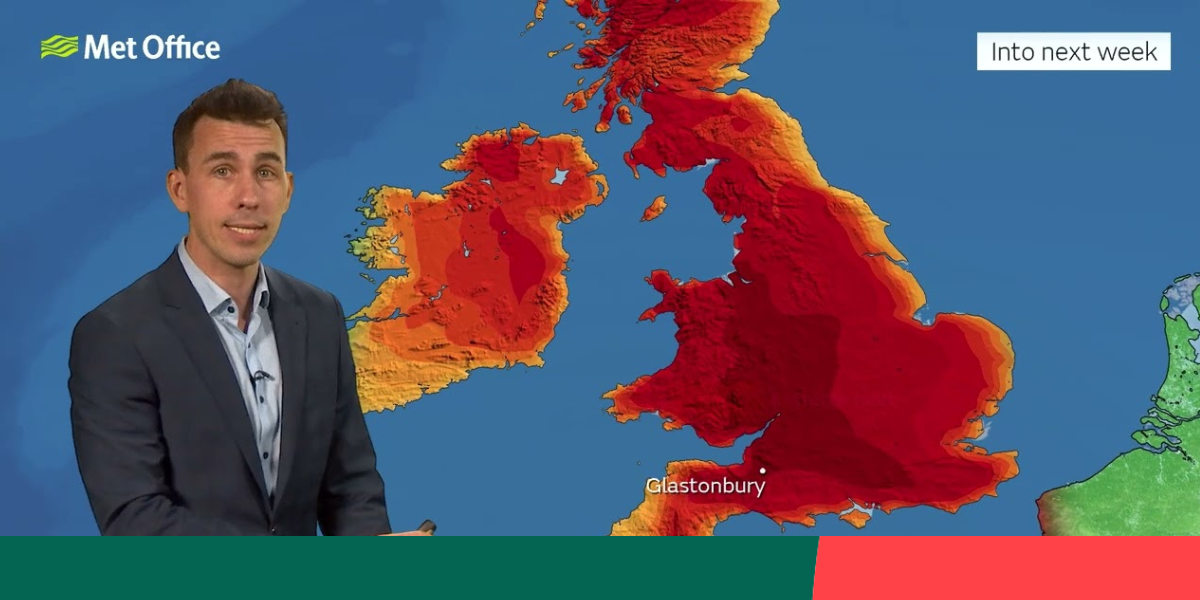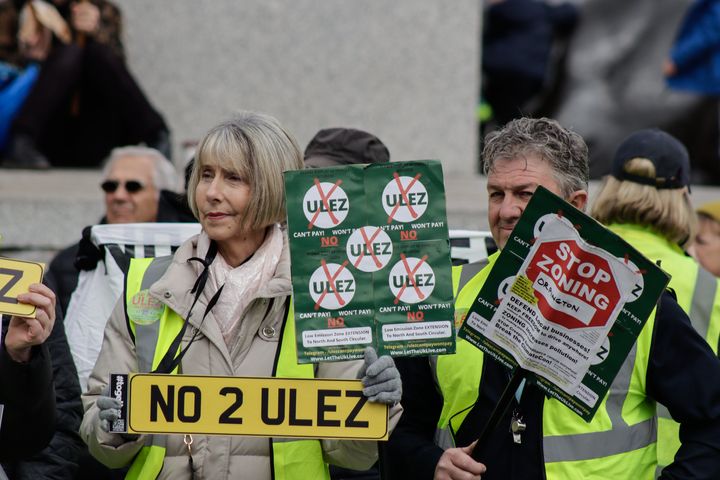Misinformation Alert: Extreme Weather

Originally published August 2022. Updated June 2023
In 2022 England suffered 'the most severe and damaging storm ... since 2014'. Just five months later, the United Kingdom set a new temperature record at 40.3 degrees, measured in Coningsby in Lincolnshire. As extreme weather becomes more commonplace, we investigate what Persuadables are saying about it, and how we can join the conversation.
Included in this post:
- What's going on? We looked at 2022 extreme weather events to check the volume of the conversation and what was talked about.
- Who is involved? Which audiences make up the conversation and what are they saying?
- Suggestions for future extreme weather events. How you can reach Persuadable audiences, and not just the converted?
What's going on?
We looked at 2022 extreme weather events to check the volume of the conversation and what was talked about.
July's heatwave generated much more climate chatter than Storm Eunice
The phrase "Storm Eunice" was more Googled in February than "heatwave" was in July. However, there were about 25% fewer mentions of #stormeunice on Twitter than mentions of #heatwave during each event's key days, according to our analysis via Pulsar.

Storm Eunice was as popular as the heatwave on Google but people did not associate it as much with climate change. Mentions of "climate" on Twitter were nearly 17x more during the three days of the heatwave. Furthermore, polling data showed that the number of people selecting 'the environment' as one of the most important issues facing the country shot up by 10% in the week following the heatwave. This is a bigger increase than when the UK hosted COP26. Meanwhile the week of Storm Eunice saw no movement.

What was everyone talking about?
Deniers told their readers and followers that "it's been this hot before" or even that we should be happy about the heatwave. This disinformation was actively debunked by climate activists and organisations as well as media outlets. Some climate organisations also used the opportunity to talk about the impacts of climate change.
But away from all the noise, what were Persuadables talking about?
Who is involved?
Which audiences make up the conversation and what are they saying?
We were surprised by the volume of denial and dispassion on display from Persuadables on Twitter and Facebook during the heatwave. People from all walks of life responded poorly to climate change narratives during the hot weather. Here are some responses from Persuadables we found on content linking climate change and the heatwave.
"Wildfires were caused by people not temperatures. "
"Other countries, such as Spain and Australia, have it worse and survive."
"It's temporary and the weather will be back to normal soon."
"1.5 degrees warmer sounds quite nice actually!"

Why might this be happening? Well, first of all scientific language is not on our side. People don't automatically associate the old term "global warming" with storms, floods or cold snaps. Meanwhile many people think that "1.5 degrees of warming" means slightly warmer weather all year round.
Secondly, days or even weeks of health and red weather warnings ahead of the heatwave contributed to a feeling of exhaustion by the time it arrived. Attempts to remind people about climate change on social media were often met with a negative emotional response.
Finally, disinformers are increasingly using ‘green tyranny’ frames. Some Persuadables are moved by the fear that climate action may take away our money, jobs or freedom. Are the climate movement trying to take away our enjoyment of summer too?


Suggestions for future extreme weather events
How you can reach Persuadable audiences, and not just the converted?
Reframe: Try NOT to talk about the climate during a heatwave
While extreme weather events are a good opportunity for climate NGOs to mobilise their base, talking directly to Persuadables in the moment can be off-putting off-putting. Polls consistently showed an increase in climate change concern during and after the previous heatwave, so there is time to make the direct climate change connection after the warm weather is over. During the hottest period, try leading with some other narratives that we found working with Persuadables:
- Brits still love talking about the weather, so acknowledge the weather and give advice on how to stay safe. Use examples from other countries like Spain that regularly have hot weather. This can more subtly drive the point home that these events are irregular. If Persuadables reach their own conclusions about unseasonable weather, all the better.
- Talk about and thank local services and service workers that we have needed during this period of unusual heat and sunshine.
- If you want to discuss the impacts of the extreme heat, messages of emotional support to those affected land better than just stating the risks and dangers.
Follow up with facts and information AFTER it's subsided
Facts and science will land better after the event. But if you want to lead with science, you will need something that makes the link between extreme weather and climate change, or naturally debunks misconceptions about the weather and its connection to climate. Stats such as this are really salient for example:

Experiment with long-form content like video, or interactive quizzes with human centred hooks such as "are summers the same as when you were a kid?" This interactive graph from the New York Times, or the example below from Nasa are great examples.
Going full Andrew Marr, and inoculating people by revealing the motivations behind people and outlets who are spreading disinformation is also recommended. A straight talking, believable tone of voice, that centres the needs of ordinary people and learns from culture wars, but directs blame onto those with power, can also be extremely effective.
Meanwhile, in terms of spokespeople, use an extreme weather event as an opportunity to platform emergency service workers and ordinary people whose lives or property were affected.
Advertising Guide on Reframing: for actionable advice on using framing to create better climate communications
Advertising Guide on Paid Media: for a deeper dive into discussing what paid media is, why it matters, and how it can help you achieve your aims
Strategic Guide on Crisis Comms: Including more information on green tyranny frames and narratives, using 15 minute cities as an example.




Comments ()